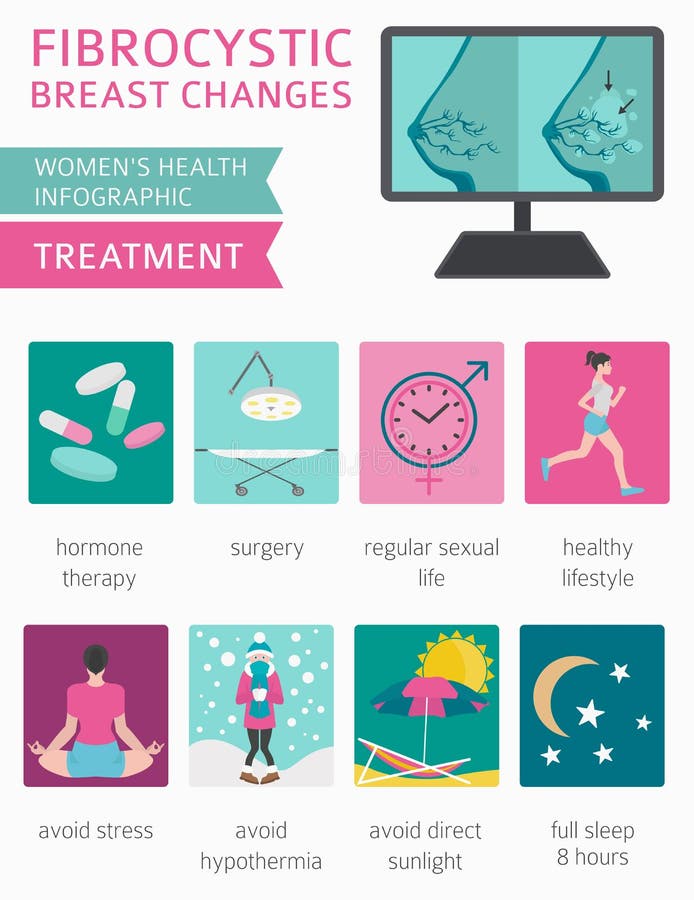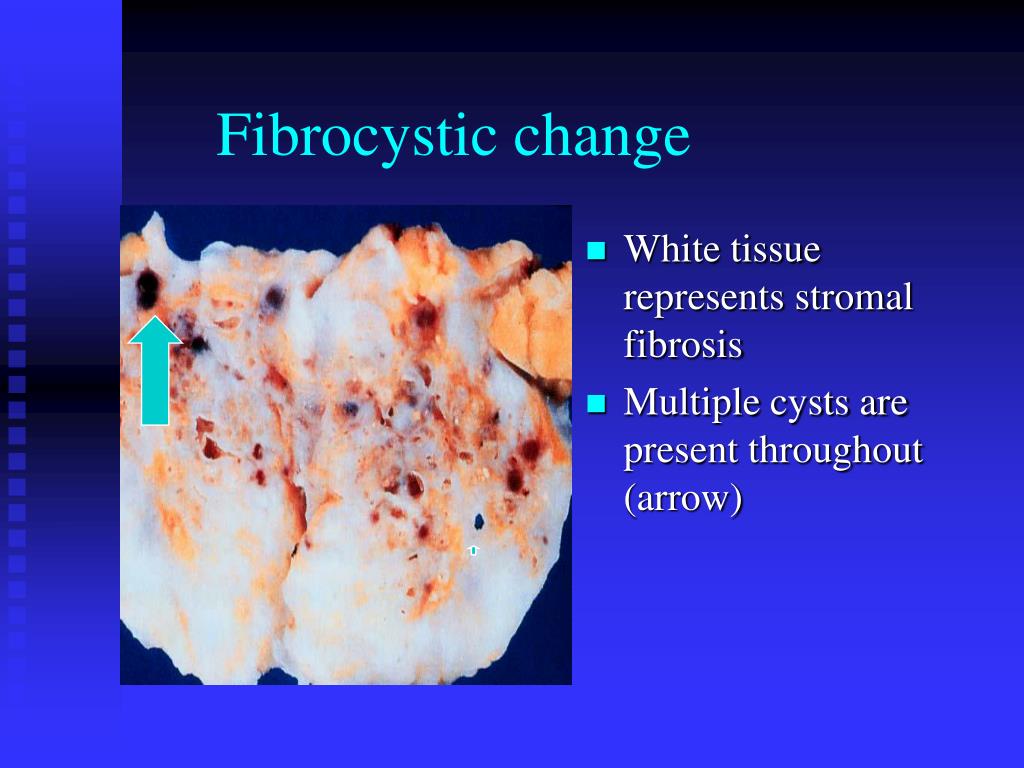
They can grow as large as 1 to 2 inches in diameter. Microcysts are too tiny to be felt, but they may be visible during imaging tests, like mammography or ultrasound. There are two basic classifications of breast cysts, related to their size: microcysts and macrocysts. Breast cysts develop when fluid accumulates inside the glands in the breasts. There is evidence that excess estrogen in the body may be a contributing factor. Complex cysts contain debris, like blood or other matter, and they should most often be evaluated by a breast biopsy.Įxperts don’t know what causes cysts to form in the breasts.These are almost always benign (non-cancerous), and they make up about 95 percent of all cysts seen on a screening mammogram. Simple cysts are cysts that contain only clear fluid.There are two general types of breast cysts – simple and complex. increase in the size of the cyst(s) just before the beginning of your period and a decrease in size (and any related discomfort) after your period.breast pain or tenderness around the cyst(s).nipple discharge that can be clear, yellow, gold, or brown.a lump in the breast tissue that is usually round or oval and has distinct, smooth edges.The signs and symptoms of breast cysts vary from person to person, but they may include: To follow your doctor’s recommendations regarding your annual exams and mammograms and to perform monthly breast self-exams to get to know your breasts so you’ll be aware if any changes occur. However, having cysts in your breast can make it harder for you to detect breast cancer if it does develop. The good news is that having them doesn’t increase your chances of developing breast cancer. But if you are uncomfortable, your doctor may drain fluid from your cysts (or cysts)

If a breast cyst isn’t causing any pain, you probably won’t need treatment. Most happen in women ages 35 to 50, but they can occur in women of any age.īreast cysts aren’t always painful, but they can cause pain and discomfort. While most cysts feel pliable, some are firm. Cysts are usually round or oval, and they tend to have smooth and obvious edges – like a pea or a grape. Breast cysts may occur in only one breast or in both breasts. Women with breast cysts may have only one or a few cysts,Īnd others may have many.

They can vary in size, and they are usually not cancerous.

They differ from most breast lumps in that they aren’t solid. Breast cysts are fluid-filled sacs that are found in breast tissue.


 0 kommentar(er)
0 kommentar(er)
